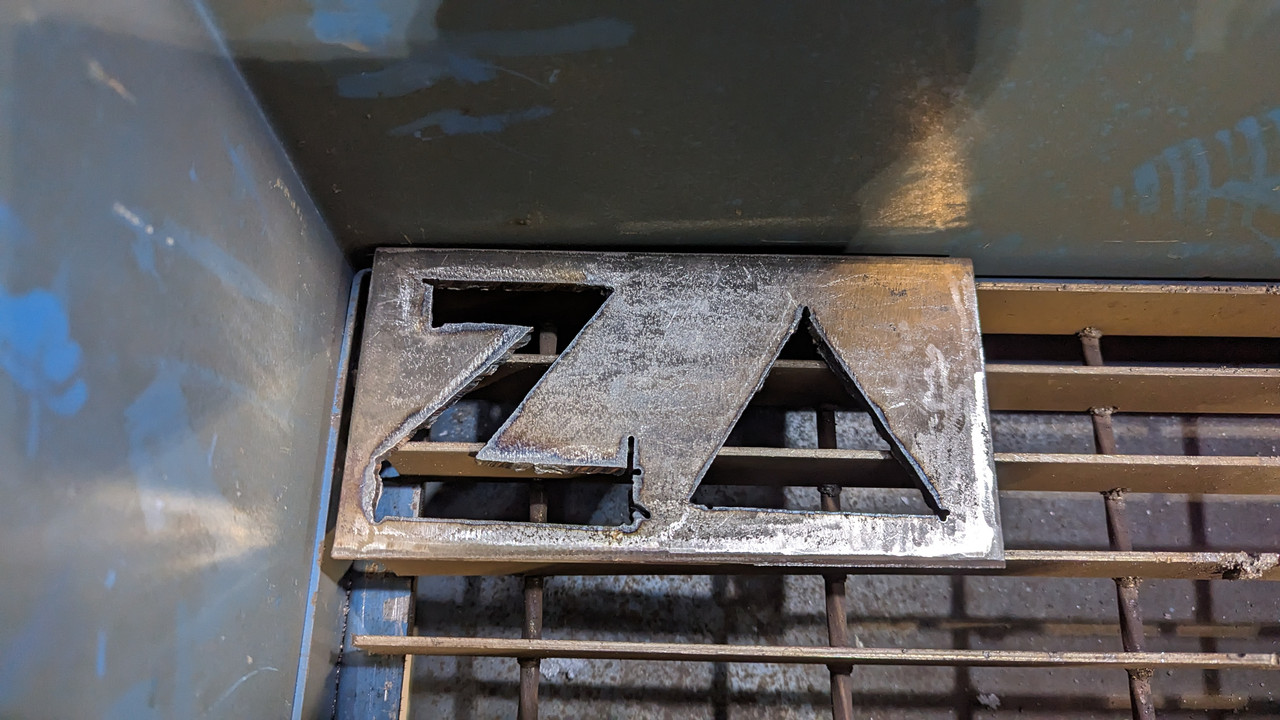Introduction Into Welding
Welding is an art, a science, and a fundamental process that has shaped the world around us in ways most people rarely consider. From the cars we drive to the bridges we cross and the skyscrapers that dot our skylines, welding plays a crucial role in building and maintaining the infrastructure of our modern world. If you've ever been fascinated by the creation of metal structures or the idea of joining materials to create something new and durable, then diving into the world of welding might just be your next great adventure. This blog post serves as your gateway into understanding what welding is, why it's important, and the basics you need to know to get started.
What is Welding?
At its core, welding is a fabrication process that involves joining materials, usually metals or thermoplastics, by applying high heat to melt the parts together and allowing them to cool, causing fusion. It's a skill that requires precision, control, and a deep understanding of material properties. Welding is not just about melting metal; it's about creating strong, cohesive bonds that can withstand stresses and strains of all kinds.
Why is Welding Important?
The significance of welding cannot be overstated. It is a critical component in numerous industries including construction, automotive, aerospace, and manufacturing. Without welding, we wouldn't have many of the technological advancements and structural marvels we see today. It's a profession that not only builds the world around us but also maintains and repairs it, ensuring safety and functionality for years to come.
Types of Welding
There are several welding methods, each suitable for different materials and applications. Here are a few of the most common ones:
MIG Welding (Metal Inert Gas)
Uses a consumable wire electrode and a shielding gas. It's versatile, easy to learn, and ideal for beginners.
https://www.youtube.com/watch?v=QlmOb1tIJ4Y&t=1001s&pp=ygUZaG93IHRvIE1JRyB3ZWxkICB3ZWxkLmNvbQ%3D%3D
Tacking together two 2” x 6” steel coupons.
Solid core MIG welding is the most common type of welding process and usually what people start with.
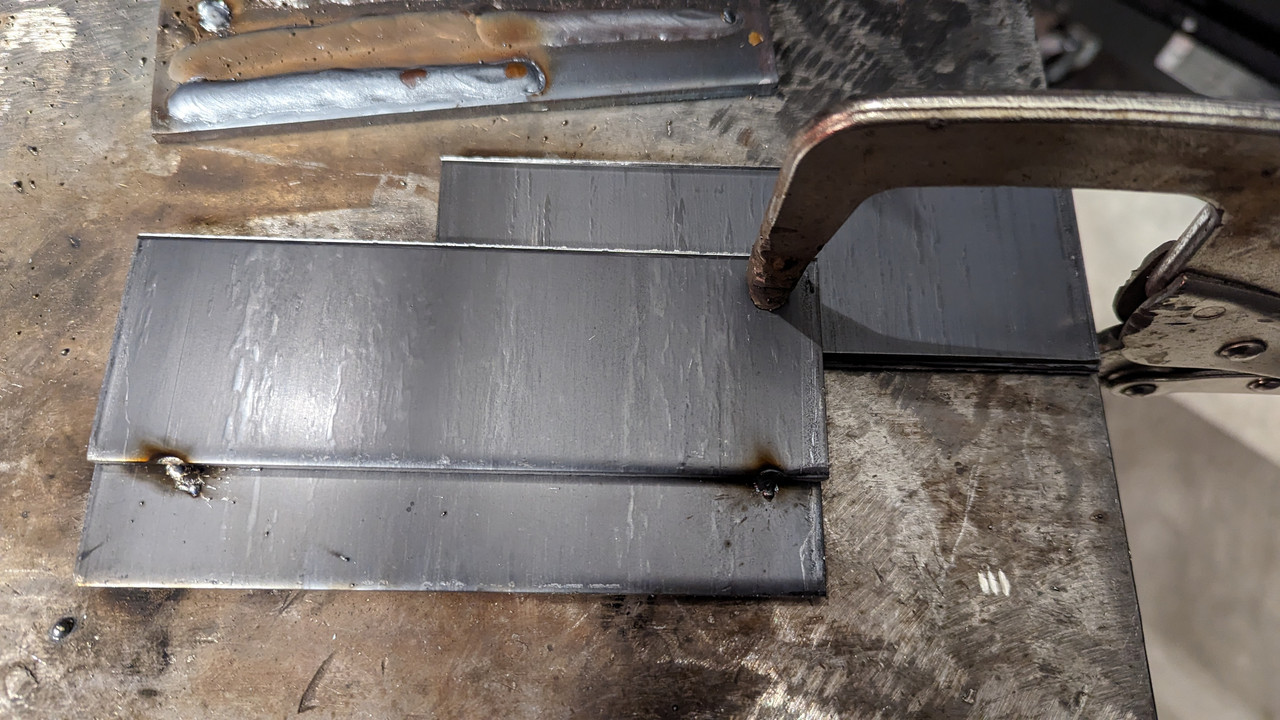
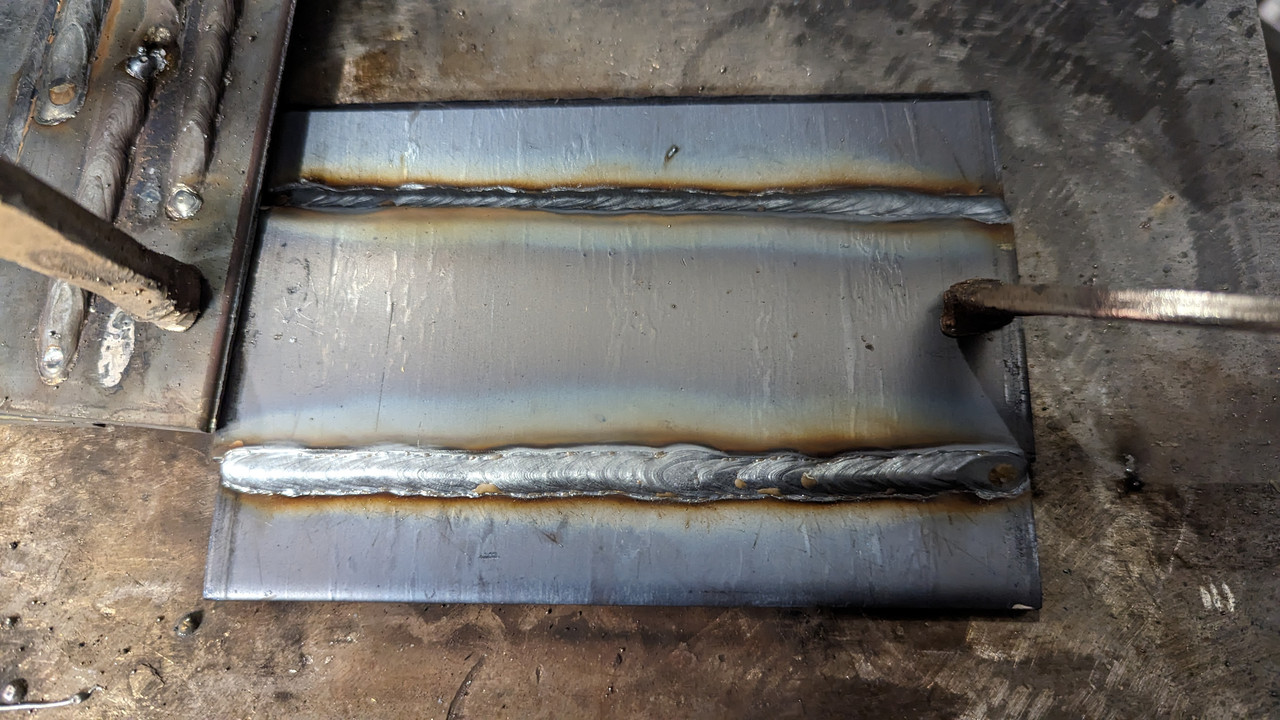
Flux-Cored Arc Welding
Similar to MIG welding but doesn't require an external shielding gas, making it suitable for windy conditions.
https://www.youtube.com/watch?v=FEJDqJrZyOQ&pp=ygUbaG93IHRvIGZsdXggIHdlbGQgIHdlbGQuY29t
The slag (yellow / brown ‘dirt’) covers the molten metal and needs to be chiseled away after cooling.
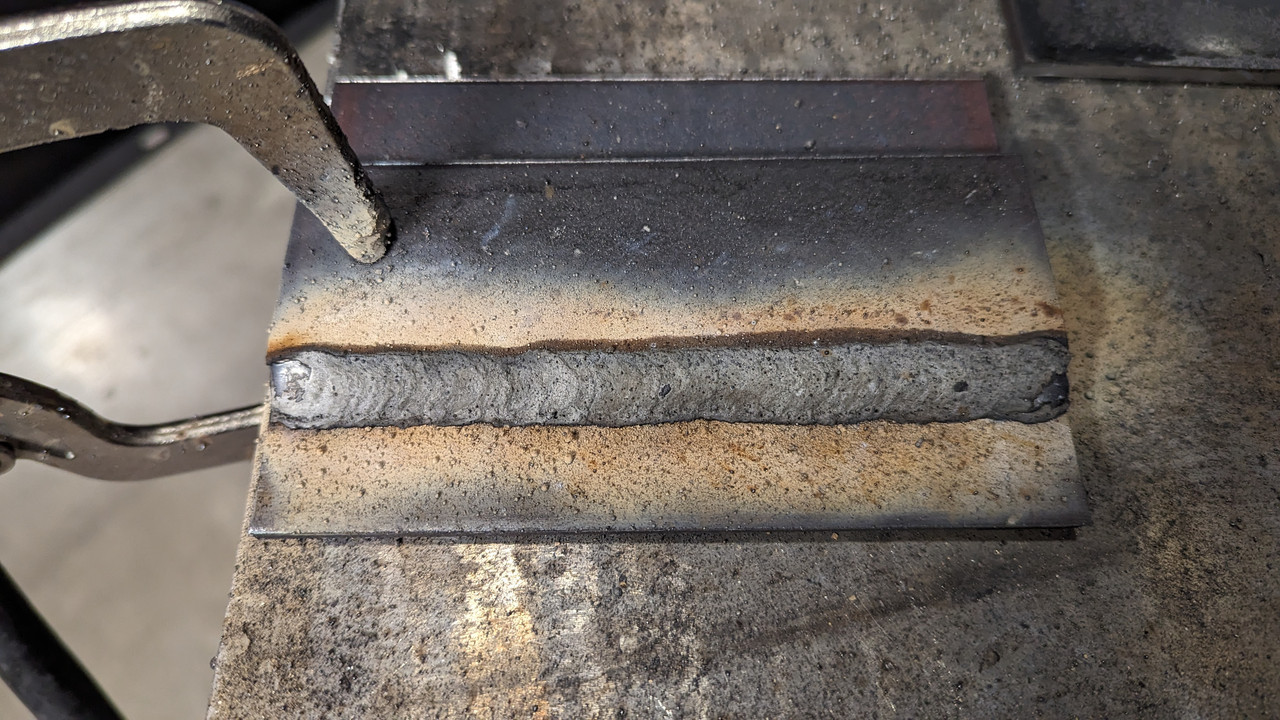
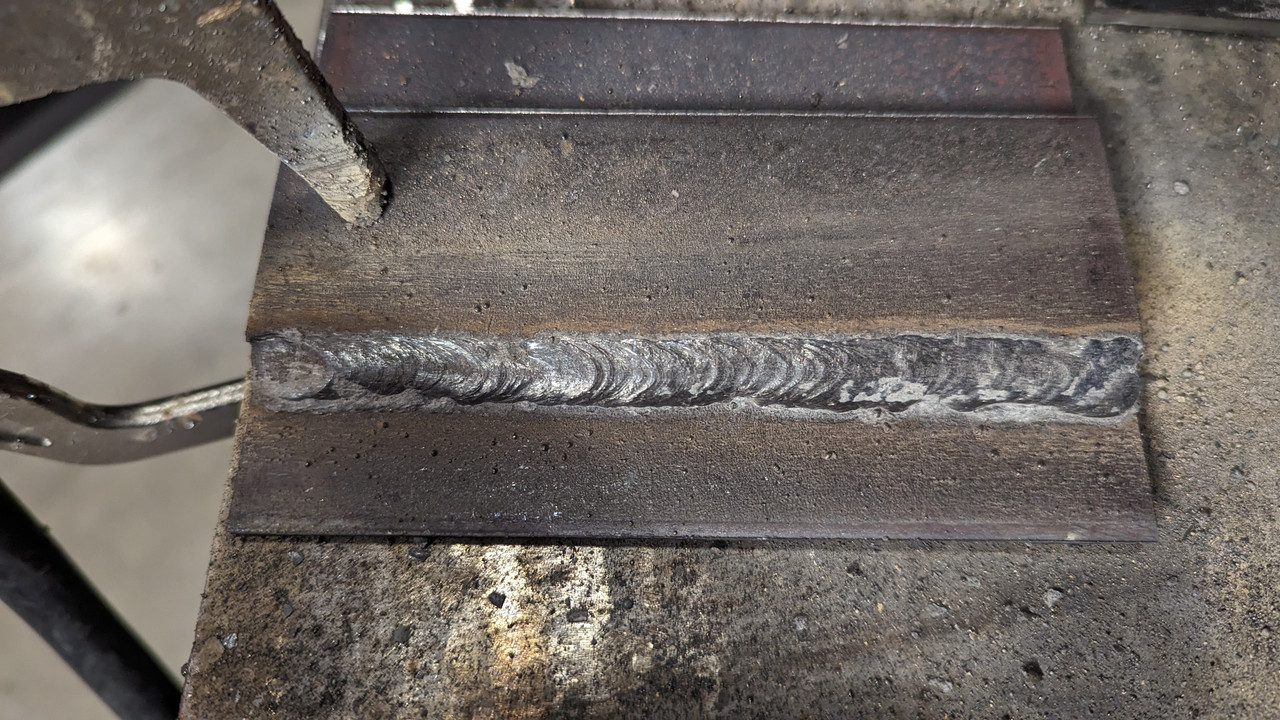
TIG Welding (Tungsten Inert Gas)
Uses a non-consumable tungsten electrode. It offers greater control and is used for precise, high-quality welds on thinner materials.
https://www.youtube.com/watch?v=gCCdiksvXMU&t=1166s&pp=ygUPaG93IHRvIFRJRyB3ZWxk
Early practice sessions on some 1/8” steel 2”x6” coupons and a 6”x6” steel plate.
After a few days this was the prized piece!
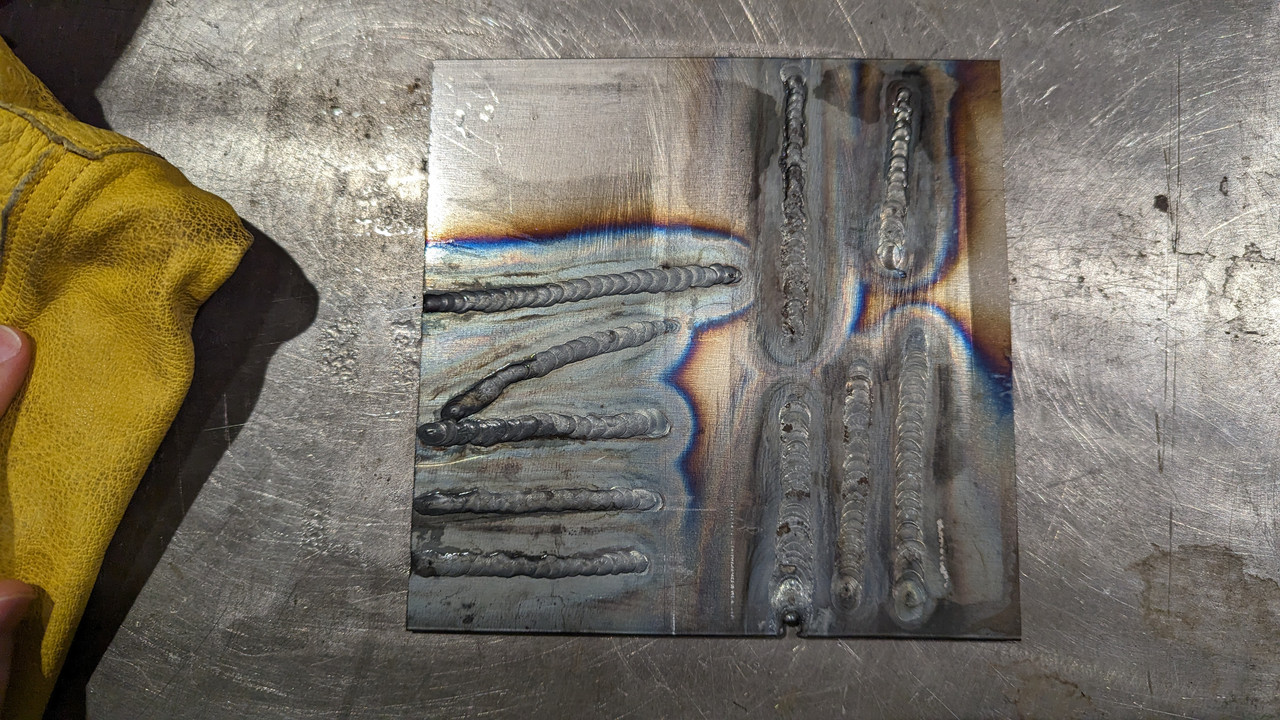
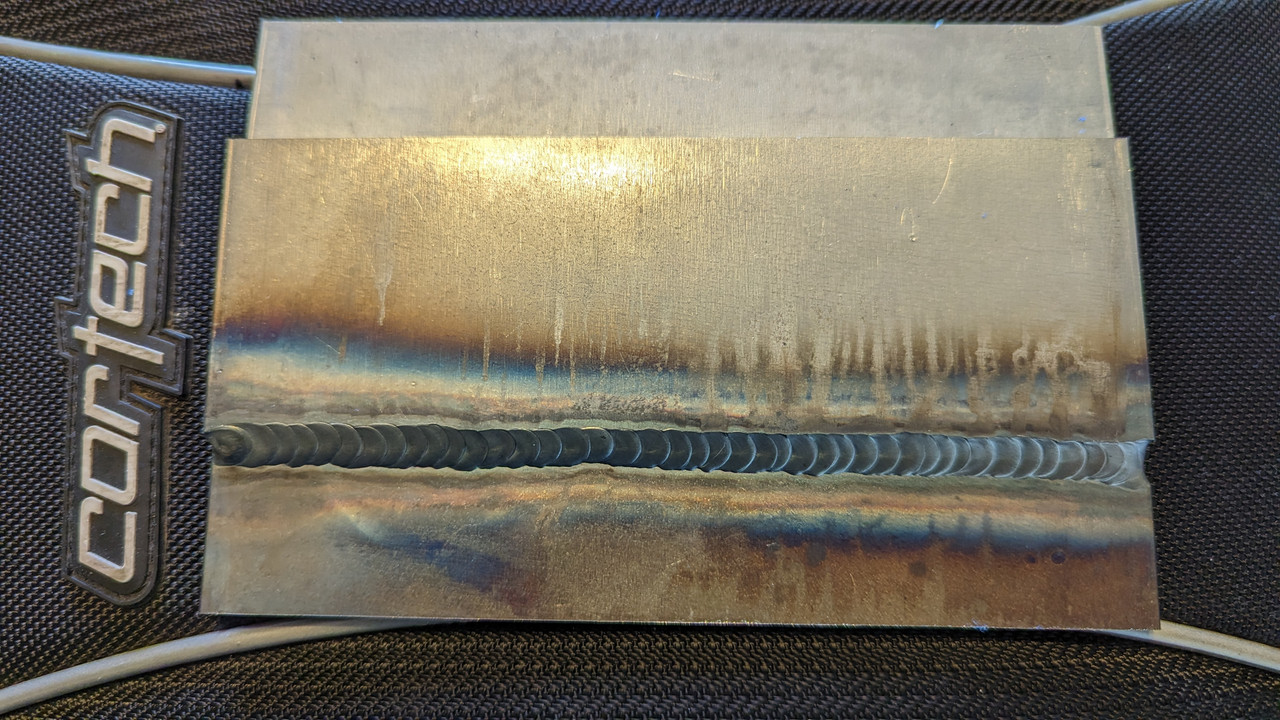
Stick Welding (Shielded Metal Arc Welding)
Uses a stick electrode and is effective for outdoor conditions and on dirty or rusty materials. It's one of the oldest and most versatile methods.
https://www.youtube.com/watch?v=4MKuUICV6-c&pp=ygUbaG93IHRvIHN0aWNrIHdlbGQgIHdlbGQuY29t
Not as “clean” as the other types of welding and more used in a outdoor environment when a lot of filler is required.
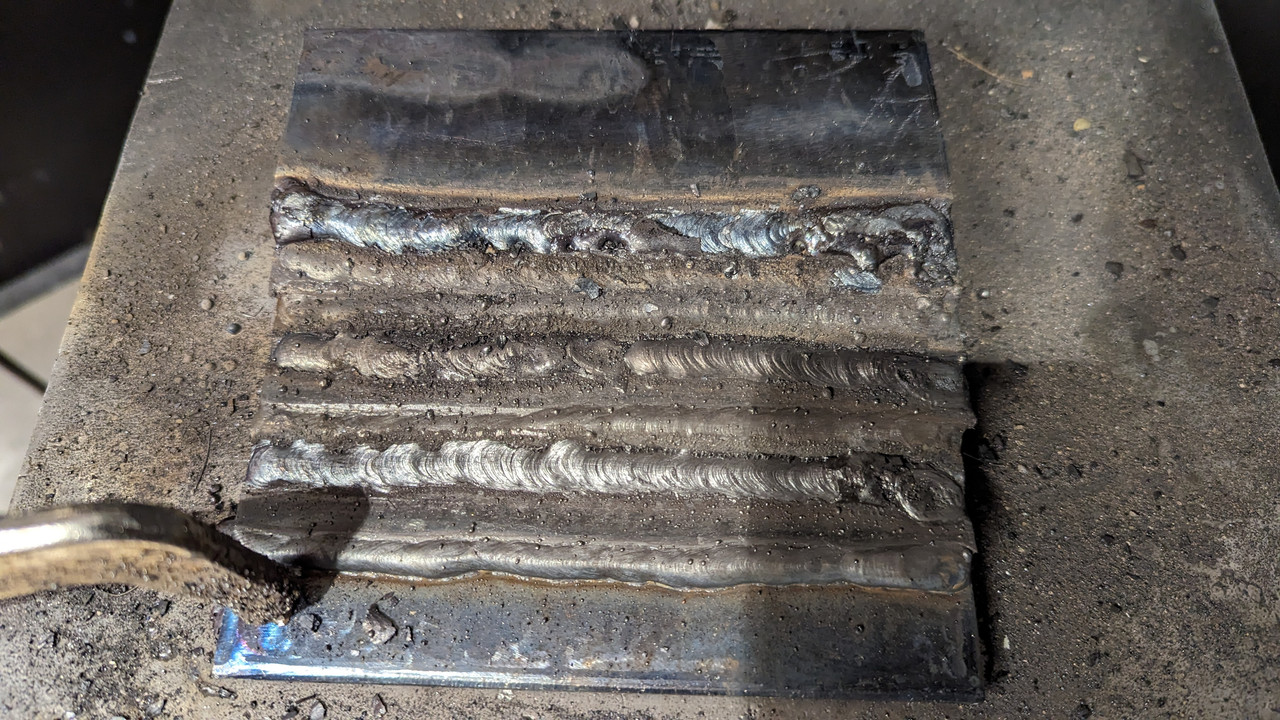
Plasma Cutting
While not a welding process per se, plasma cutting is an indispensable technique in metal fabrication. It uses a plasma torch to cut through various types of metal with high precision and speed. Plasma cutting is often used in conjunction with welding processes to prepare materials, cut shapes, and make precise adjustments to metal components. It's valued for its efficiency and the clean, smooth edges it produces, making it a critical skill in the welder's repertoire.
A straight edge will definitely help!
